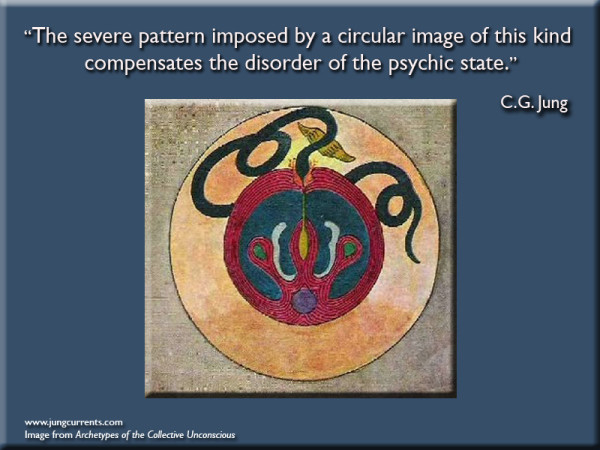C.G. Jung: “Man needs difficulties; they are necessary for health.”
The new attitude gained in the course of analysis tends sooner or later to become inadequate in one way or another, and necessarily so, because the flow of life again and again demands fresh adaptation. Adaptation is never achieved once and for all.… In the last resort it is highly improbable that there could…

